Which plaster is best for walls and ceilings
One of the methods for leveling walls is plastering. It is used most often. How to choose plaster for each room, which brands are better, how to make cement mixtures with your own hands - read on.
The content of the article
Types of plaster
Any plaster consists of a mixture of a binder, sand of different fractions and additives that give the composition specific properties. First of all, they are distinguished by the type of binder. This could be:
- gypsum;
- cement;
- lime;
- clay.
Most often, gypsum and cement plasters are used. They are the most practical, they make it easier to get a flat surface. Since the cement-sand mixture (CPM) turns out to be very tough and it is not very convenient to work with it, lime is added to the solution. Such plasters are called cement-lime plasters. To choose a plaster, you need to know exactly where the walls will be leveled - outside or inside the room and what are the conditions in this room (more on that below).
Cement-based plastering sweepers can be done independently. This saves money but takes longer. You can buy ready-made - dry mix, packed in bags. Gypsum plaster is rarely done by hand, more often they buy ready-made.
Plaster and putty are often confused. The processes are somewhat similar - both are used to level the walls. But the walls and ceiling are plastered with a large curvature - from 5 mm or more. After plastering, the surface is even, but granular (less granular when using gypsum compositions) and needs to be smoothed. And smoothing is done with putties. They contain more finely ground components, which get a smoother surface. The maximum layer of putty is 5 mm, of plaster - 50-80 mm in one layer, and several of them can be applied.
Which is better - gypsum or cement plaster
It is necessary to decide which plaster is better to buy - gypsum or cement - based on their qualities. The fact that in one room is a plus, in another is a minus. Therefore, first we will consider the properties of cement and gypsum plaster.
| Property | Cement plaster | Gypsum plaster |
|---|---|---|
| Vapor permeability | 0.09 mg / mhPa | 0.11-0.14 mg / hPa |
| Average consumption per square meter with a layer of 1 cm | 12-20 kg / sq.m | 7-10 kg / sq. m |
| Setting time | about 2 hours | less than 1 hour - about 40 minutes |
| Hygroscopicity | not afraid of moisture, does not change its properties when wet | wetting is undesirable, maximum humidity - 60% |
| The need for putty | needed for all types of finishes except for laying tiles | only needed for painting |
Let's start with economic feasibility. If we compare only the price per kilogram of dry composition, then cement-based compositions are obtained by about 1/3 cheaper. But since their consumption is about the same, the total amount spent on plaster will be about the same. So there are no priorities here and it will not be possible to choose plaster at a price.
The easier it is to work
If we compare cement and gypsum plaster in terms of ease of work, then it is easier to lay down a gypsum composition. It is more elastic, better "sticks" to the base. But there is one "but" - it grasps faster. On the one hand, this is good - it dries faster to the point where you can apply the next layer and the work moves faster.On the other hand, this is bad - you need to close small portions in one go: in order to have time to put everything in 30-40 minutes. It is better not to use the seized mixtures, since the addition of water changes its state only externally. This material will no longer gain normal strength.
Cement compounds retain their elasticity for 2 hours, so that large volumes can be mixed at a time. But such plaster also dries longer, so the process takes longer - you have to wait for the composition to dry.
Application area
When choosing between gypsum and cement plaster, usually everything depends on the area of application - gypsum is not used outside because of its fear of moisture. In this case, it is easy to choose plaster: for outdoor work we use cement.
The same property determines its scope in the interior: it is better to use cement plaster for the bathroom and kitchen, which is not afraid of moisture. In all other, "dry" zones, they prefer to level the walls with plaster compounds. They better "fit" and, with a certain experience, the walls can not be putty under the wallpaper - you just need to level the trowel layer well.
There are, of course, moisture-resistant gypsum plasters. Their moisture resistance is increased due to the use of hydrophobic additives, but this is reflected in the price - it is much higher than for conventional formulations. It should also be said that in the bathroom, the walls are leveled with gypsum, non-moisture-resistant compounds. Then tiles will be laid on it, and if you carefully rub the joints with a moisture-resistant grout, then the moisture will not get to the plaster. But this, nevertheless, is not the best way out, since gypsum and cement are very different in characteristics, and tile glue is always made on the basis of cement. If a tile is laid on gypsum plaster, in most cases it lags behind the base, as they say, "coils", and may fall off.
If you choose the best way to plaster the ceiling, in dry rooms the choice is unambiguous - gypsum plaster. It is lighter, has better adhesion, and is easier to level. And even in humid rooms it is better to use a gypsum moisture-resistant composition - it is very difficult to work with cement on the ceiling. This is the case when it is better to overpay a little. So it is easy to choose plaster for the ceiling: it is a gypsum composition.
DIY plaster mix
With a limited budget for construction or repairs, you have to think about saving. It is simple to choose plaster here: you can save on finishing if you make cement-based compositions yourself. It is really cheaper, although it requires additional time and effort. But remember that additives are added to the ready-made compositions that improve the properties of the plaster. For example, antifungal additives are added to wetroom formulations to prevent mold growth. An additive that increases frost resistance is added to the compositions for plastering external walls, to antibacterial ones. There are also plasticizing additives that make application easier. In principle, these additives can also be added to homemade plaster. You can find them in construction markets or in specialized stores, the norms are painted on the packaging. And even taking into account the cost of additives, the savings in self-production will be solid - about 30%.
It is not difficult to make a cement-sand or lime-cement plaster with your own hands. The components are mixed in certain proportions in dry form, then liquid components (if there are any water) are added, brought to a certain consistency. You can knead by hand with a shovel in a large basin, trough. You can mechanize the process if you have a drill - using a special nozzle. The easiest way is with a concrete mixer.With it, things go faster, but large volumes are difficult to generate, especially if there is little experience.
Cement-sand mixture: proportions
The cement-sand mixture is made up of 1 part of M400 or M500 grade cement and 3-5 parts of sand. The cement should be fresh, the sand should be dry, sifted through a fine sieve with a grain of no more than 1.5 mm. Water takes 0.7-0.8 parts. As you can see, the proportions are approximate. Sand can be of different humidity, the solution can be used for plastering walls in different rooms, cement can be of different brands. When choosing the amount of water, the main reference point is ease of use. It is necessary to select the composition so that it is not so thick as to fall off the wall, but also not so liquid to slip. This is determined experimentally.
There is also a difference in composition depending on the application. For plastering the walls outside, 3-4 parts of sand are taken for 1 part of cement. To level the walls inside the premises, more sand is added - 5 parts or even more.
Although DSP is much cheaper than ready-made mixtures, it is more difficult to work with it - it does not hold very well on the wall, dries for a long time, and almost always becomes covered with cracks when dry. But it is not afraid of moisture and for this reason it is recommended for plastering walls in damp rooms, which will subsequently be get off with tiles or wall panels (PVC, MDF or any others). For other types of finishes - painting, decorative plaster and wallpaper - it is better to use cement-lime mortar or gypsum.
Diy cement-lime plaster mortar
Cement-lime plaster is made with the addition of lime dough. Parts of lime are measured in the form of a dough, then diluted with water to a liquid state and in this form are added to thoroughly mixed dry cement and sand.
The proportions of cement-lime plaster are as follows: for 1 part of cement, take from 1 to 2 parts of lime paste, 6-9 parts of sand. Water is added to bring the solution to the desired consistency. The sand is the same as for DSP - with a grain of no more than 1.5 mm, the water is clean, without contamination. Lime dough is better than purchased. With home extinguishing, there are still particles that have not reacted. Later, when the walls get wet, they react, increase in volume, which causes pieces of plaster to fall out. Therefore, it is better not to save on this.
The exact selection of proportions is determined experimentally: the mass must adhere well to the wall. Walls in any premises can be plastered with a cement-lime composition. The composition is softer, it is more convenient to work with it, it does not crack when it dries. But the strength of such plaster is much lower than that of DSP and this must also be borne in mind.
Choosing ready-made compositions
Choosing the type of plaster - gypsum or cement - is just the beginning. Then you will have to choose the manufacturer and the composition itself - there may be several products that have slight differences.
Good gypsum plasters
The most popular gypsum plaster Rotband (Knauf). This is a really high-quality product that is easy to work with even for beginners. The same company has other products - Goldband and HP Start. They are cheaper, the quality is quite decent.
HP Start is a gypsum-lime composition, Goldband is a gypsum one. The difference between Rotband and Golduand is the thickness of the minimum layer. For Rotband it is 5 mm, for the second - 8 mm. Otherwise, the technical characteristics are very similar - and the consumption (8.5 kg / m3 with a layer thickness of 1 cm), and the maximum layer (50 mm), and compressive and flexural strength. The density in the hardened state differs slightly: ~ 980 kg / m3 at Goldband and 950 kg / m3 from Rotbabd. Scope - any residential and non-residential heated premises, including kitchens with bathrooms.
| Name | Appointment | Colour | Layer thickness | Binder type |
|---|---|---|---|---|
| Knauf Rotband plaster mix | For plastering smooth walls and ceilings | White gray | 5-50 mm | Gypsum with polymer additives |
| Knauf Sevener Plaster-Adhesive Mix | For the restoration of old plaster surfaces, including facades | Grey | Portland cement with polymer additives and reinforcing fibers | |
| Bergauf Bau Interier plaster | For plastering in rooms with normal humidity | Gray / White | 5-40 mm | Cement with polymer additives and perlite filler |
| Volma-Canvas Plaster | For indoor areas with normal humidity | 5-50 mm | Gypsum-based with chemical and mineral additives |
Volma Layer, Osnovit Gipswell, Eunice Teplon, Prospectors also speak well of the gypsum plaster. They cost less, give a good result, but it is still easier to work in Rotband and the "company". According to the results of working with these brands, there are both positive and negative reviews, but in general, the quality is not bad.
Ready-made cement plasters
Cement plasters are available for hand and machine application. We will talk about formulations for manual application. For interior work, Forward, Weber Vetonit, Osnovit Startwell, Weber Stuk Cement are good. They fit well on a clean, pre-moistened surface. For better adhesion, it is better to pre-prime the walls, after drying, start by yourself plastering process.
If you choose cement-based plaster for outdoor work (including for plastering an open loggia or balcony), you need facade compositions. They differ from ordinary ones by the increased number of freeze / thaw cycles. Facade cement plasters - Eunice Silin facade, Osnovit Profi Startwell, Knauf Unterputz (Knauf Unterputz), Bergauf Bau Putz Zement. Ceresit CT 24 Light plaster is suitable for both facade and interior work.
Aerated concrete walls require special plaster. It has increased vapor permeability to prevent moisture trapping inside the wall. This is Ceresit CT 24, Knauf Grundband (contains the smallest particles of expanded polystyrene, which increases its thermal insulation properties, reduces consumption).

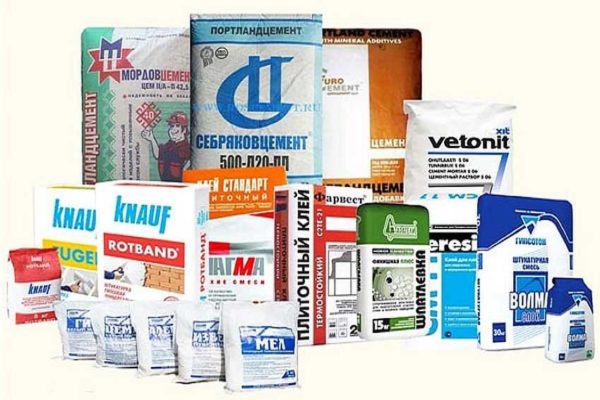
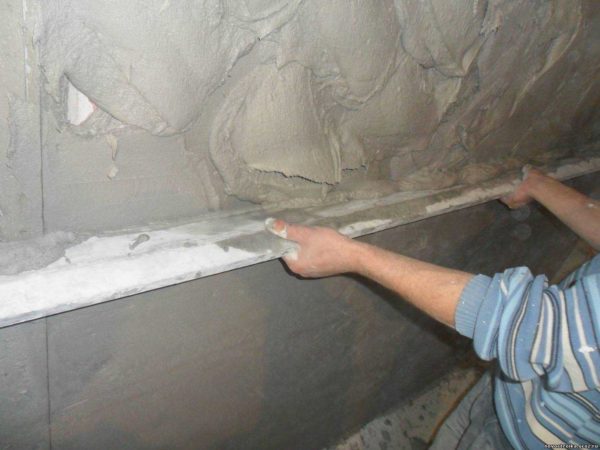
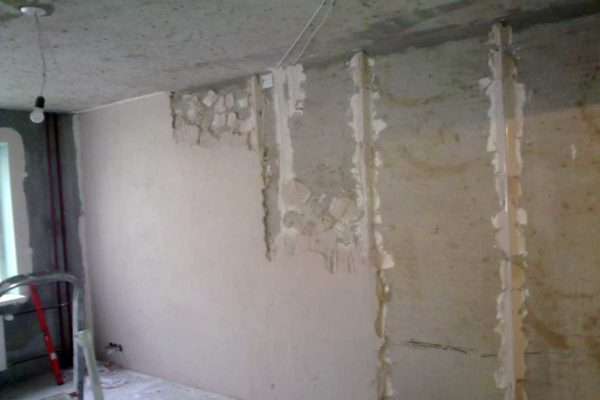
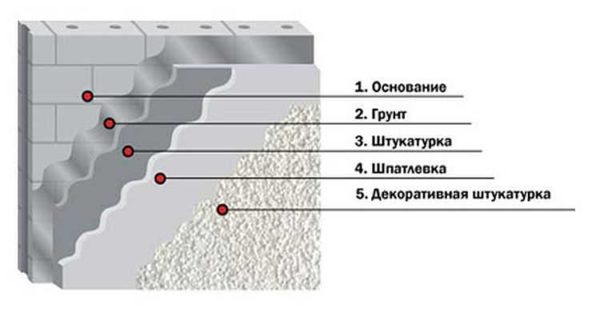
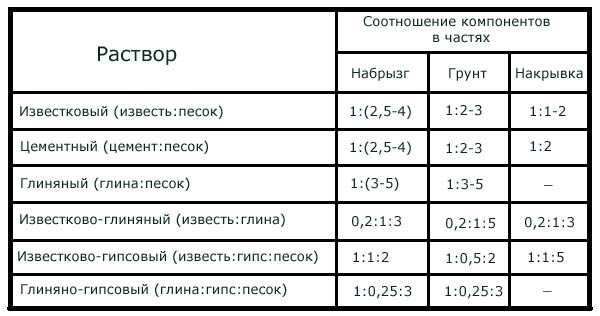
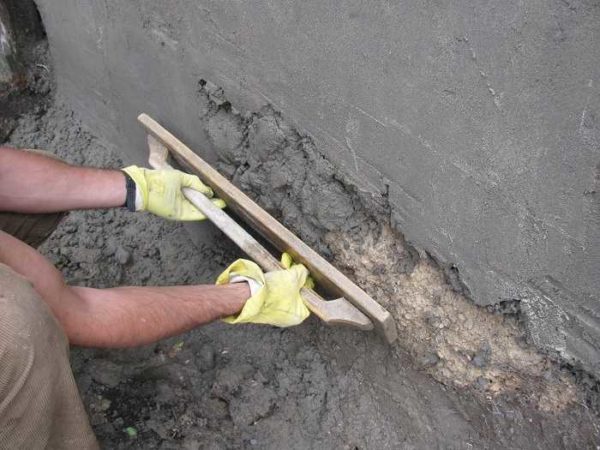
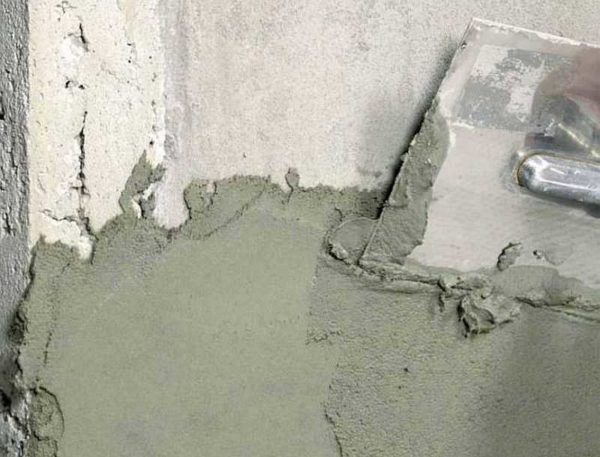
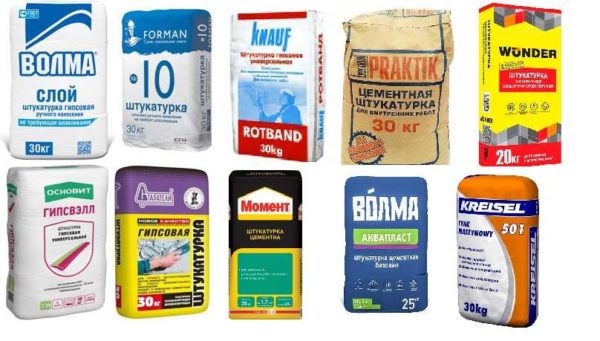
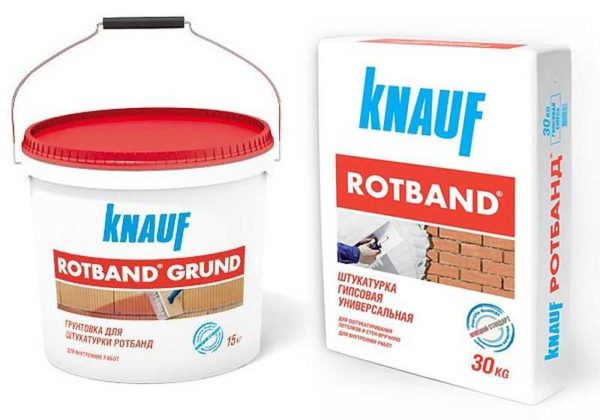
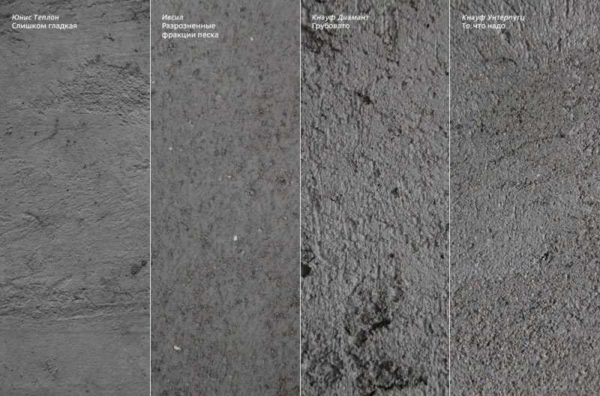










I was recommended a very cool plaster for the walls. I do not remember the mark, but there were steep splashes of "gold".
Cool comment, but what's the point?